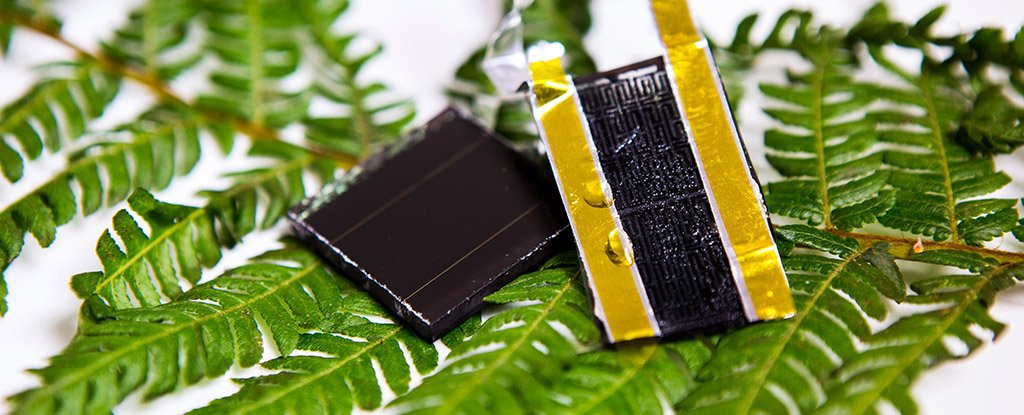Solar energy is undoubtedly a perfect solution to the world’s reliance on fossil fuels. However, the most important issue with solar energy is a way to store it for later use without leakage over time.
But in a groundbreaking discovery, researchers at RMTI University in Melbourne, Australia, have found a way to boost the capacity of current solar storage technology by 3,000 percent.
Drawing inspiration from an American fern, researchers have developed a new graphene-based electrode that will help in solving the storage challenge which is still holding back solar as a total energy solution.
One of the research team members, Min Gu, said, “The leaves of the western swordfern are densely crammed with veins, making them extremely efficient for storing energy and transporting water around the plant. Our electrode is based on these fractal shapes – which are self-replicating, like the mini structures within snowflakes – and we’ve used this naturally-efficient design to improve solar energy storage at a nano level.”
Following an intricate design, the scientists developed an electrode prototype made out of the highly conductible material graphene. It greatly enhanced the accumulative potential of solar cells, which can load and release energy a lot quicker.
The new electrode is tailored to be used with supercapacitors, which can charge and discharge power much faster than conventional batteries.
This technology also paves the way for the development of flexible, thin film all-in-one solar capture and storage. This means we could finally be able to solve the issue of smartphones, laptops, and vehicles, making them draw their power from the sun, and never run out of juice.







